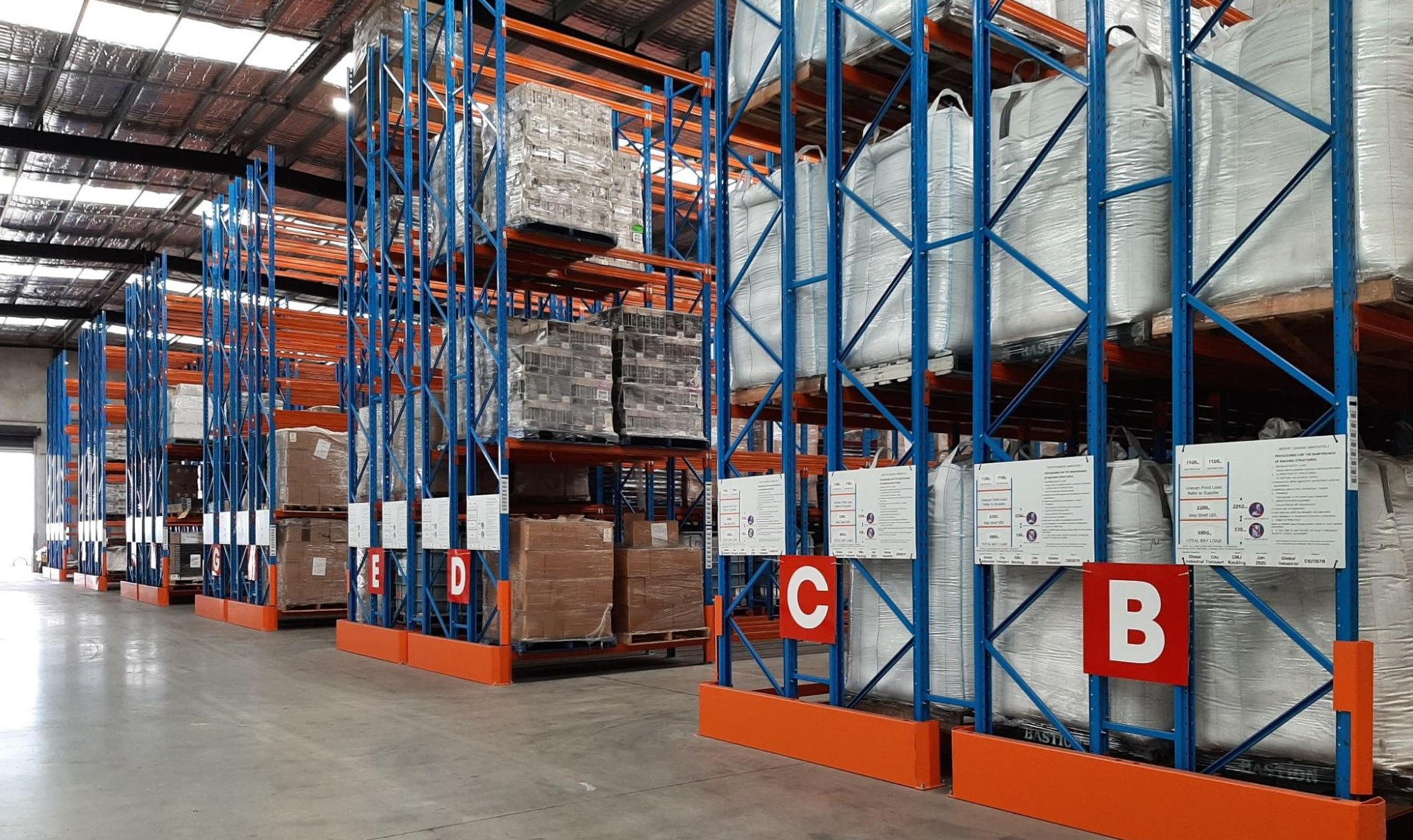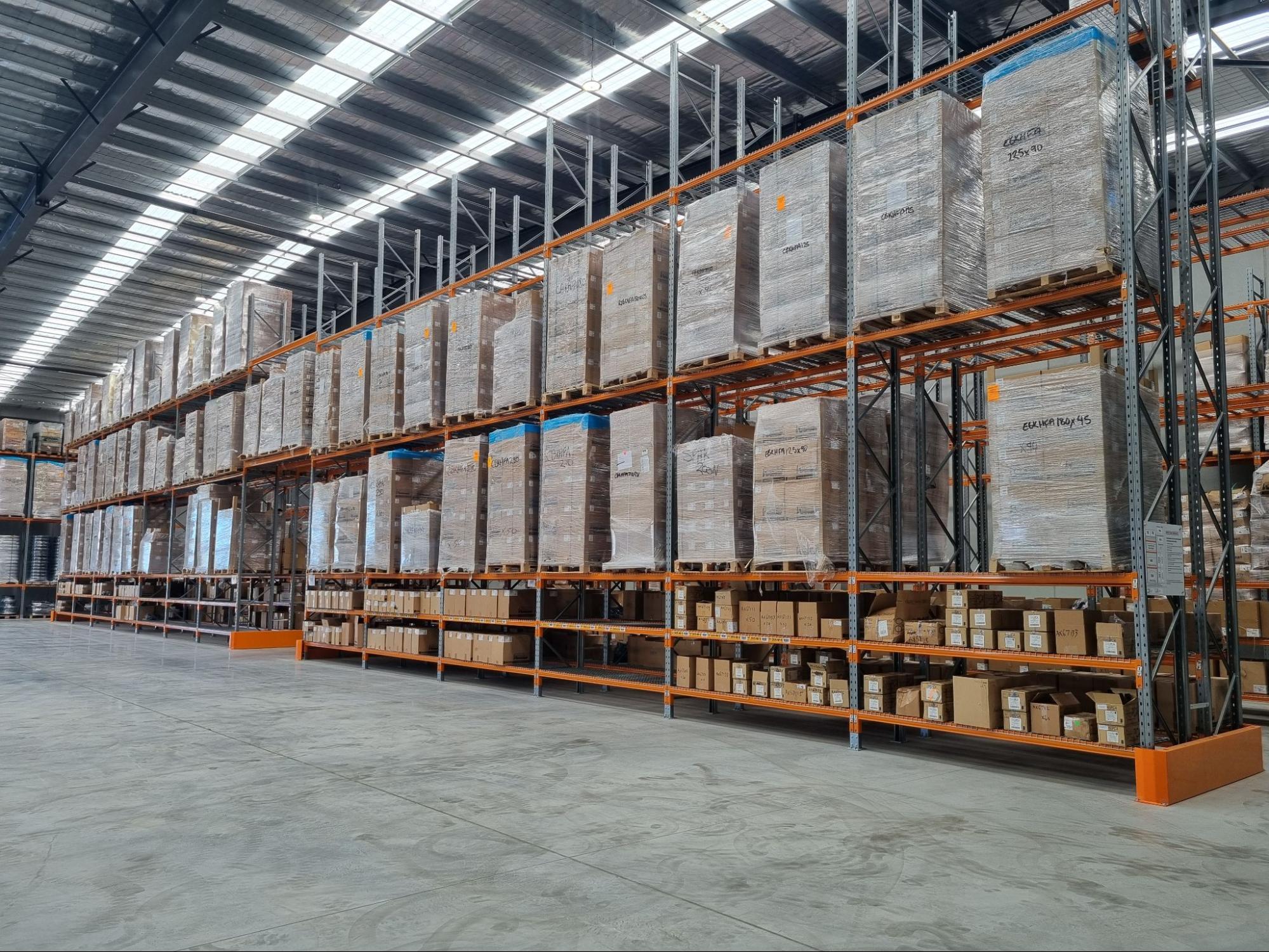As Aussie businesses move deeper into e-commerce, more warehouses are feeling the strain of fulfilling orders across multiple channels – retail, online and wholesale – all at once. What worked for traditional distribution no longer cuts it. To keep pace, many operators are looking at how to retrofit their warehouse layout design for omni-channel fulfilment to handle the growing mix of SKUs, faster turnaround times and ever-higher customer expectations.
Upgrading your site doesn’t mean starting from scratch. With smart planning, the right equipment and a solid understanding of fulfilment approaches, you can turn an existing distribution centre into a leaner, more adaptable operation that improves your customer experience and saves on overheads.
Understanding omni-channel warehouse fulfilment
At its core, omnichannel warehouse operations bring all your sales channels under one roof – meaning the same stock and team handle online orders, store replenishment and bulk dispatch. It’s efficient in theory, but the reality can get messy fast if the site wasn’t built for it.
That’s why retrofitting is so critical. A well-planned warehouse layout design for omni-channel fulfilment brings together the physical flow of goods and the digital systems that track them. You’ll need to rethink how you’re managing inventory across multiple channels, integrating your inventory management system and redesigning shipping areas to move orders out the door faster.
For most omnichannel retailers, that means reassessing everything from aisle spacing and workflow to pallet racks, shelving, and picking paths. Tools like modular layout designs and adjustable racking give you the flexibility to change your setup as order volumes shift between channels.
Choosing the right fulfilment model
Not every warehouse needs a complete overhaul. The trick is finding the right mix of fulfilment models that fits your operations and your customers. Some businesses move to a fully integrated hybrid fulfilment model, where store and online orders are picked from the same inventory pool. Others might trial outsourcing fulfilment for certain product lines to ease the load on their main site.
Each approach has trade-offs. In-house handling gives you tighter control of stock levels, order accuracy and inventory data, while outsourcing can trim shipping costs and free up space. Many operators strike a balance – keeping high-value or fast-moving lines on-site and outsourcing slower or bulky items.
No matter which setup you choose, efficiency starts with smart storage and movement. Investing in high-capacity pallet racks, mezzanine floors or mobile shelving lets you scale capacity without adding square metres. It’s a cost-effective way to keep your distribution centre competitive without the expense of a full rebuild.
Rethinking the flow from picking to packing
Once your fulfilment approaches are sorted, the next step is optimising the flow from picking and packing through to dispatch. In a modern omnichannel warehouse, speed and accuracy depend on eliminating wasted motion. That means designing your shipping areas and storage zones to keep travel time short and movement logical.
Fast-moving goods should sit close to pack stations, while slower lines can occupy higher or more remote pallet racks. Clear signage, labelled aisles and easy-to-access packing benches can shave minutes off every pick cycle – adding up to major operational efficiencies over time.
For your setup, the retrofit might mean adding conveyors, modular workstations or dedicated zones for online versus bulk orders. Others might integrate scanning or automation into their inventory management system for real-time tracking and fewer errors. Whatever route you take, the goal is simple: streamline your process to fulfil orders faster, more accurately and with less manual effort.
Using data to drive smarter inventory decisions
Once the physical layout’s sorted, the next step is tightening up how you track and plan your stock. A connected inventory management system is the backbone of any omnichannel warehouse, giving you visibility over what’s on hand, what’s selling, and where it needs to go next.
With accurate inventory data, you can make better calls about how to allocate stock between online and retail orders, spot slow movers early, and fine-tune replenishment schedules. That insight makes it easier to balance stock levels without overstocking or short-selling, which keeps both cash flow and customers happy.
Integrating that data with your sales and shipping areas means fewer surprises and smoother turnaround times. You’ll know exactly what you can fulfil orders with and where it’s sitting, whether it’s on the shelf, in a distribution centre, or being processed by an outsourcing fulfilment partner.
Staying cost-effective without cutting corners
Margins are always tight in fulfilment, so improving efficiency without compromising service is key. One of the biggest wins comes from reworking your layout and equipment to reduce wasted space and movement. Compact layout designs, adjustable pallet racks and modular benches can save serious time and floor area – making your operation far more cost-effective.
Another big opportunity sits in transport. Reviewing your fulfilment models can help you reduce shipping costs by consolidating orders, staging deliveries more efficiently, or partnering with regional carriers. It’s also worth analysing how you handle returns — a small tweak to your reverse logistics setup can free up space and keep goods moving instead of collecting dust.
Small changes add up. From better storage flow to rethinking how you’re managing inventory across multiple channels, every improvement moves you closer to a smoother, leaner operation.
Retrofitting for growth
The goal of retrofitting is to future-proof your operations. As your order volumes shift and your channels evolve, you’ll need a warehouse that adapts without major rebuilds.
That’s where flexibility becomes your greatest asset. Building in adjustable systems like pallet racking, mobile shelving and extendable shipping areas means your space can scale with you. If you’re planning expansion, consider a hybrid fulfilment model that keeps critical processes in-house while trialling outsourcing fulfilment for overflow or regional coverage.
And don’t overlook vertical space – mezzanine floors are a proven way to boost storage and workflow without new construction. It’s a smart, cost-effective move for operators who need more room but don’t want the downtime or price tag of a full relocation.
The bottom line is a better customer experience
At the end of the day, all the investment in systems, racks, and workflow comes back to one thing – the customer experience. When your warehouse layout design for omni-channel fulfilment is dialled in, orders move faster, errors drop and stock accuracy improves. Customers get what they ordered, on time and with fewer delays.
For omnichannel retailers, that reliability builds trust. It turns first-time buyers into repeat customers and keeps trade partners confident in your supply chain. Whether you’re shipping out of a single distribution centre or coordinating across multiple sites, the goal is consistency.
Retrofitting your warehouse keeps you competitive, builds resilience and sets you up for whatever comes next in the ever-changing world of fulfilment approaches. Have a chat with the friendly Global Industrial team about retrofitting your warehouse to get the most out of your setup today and into the future.





